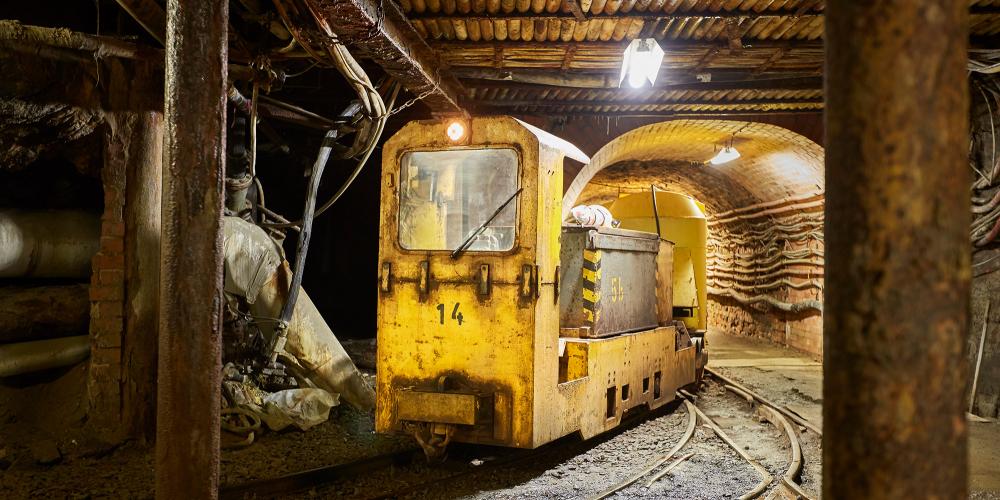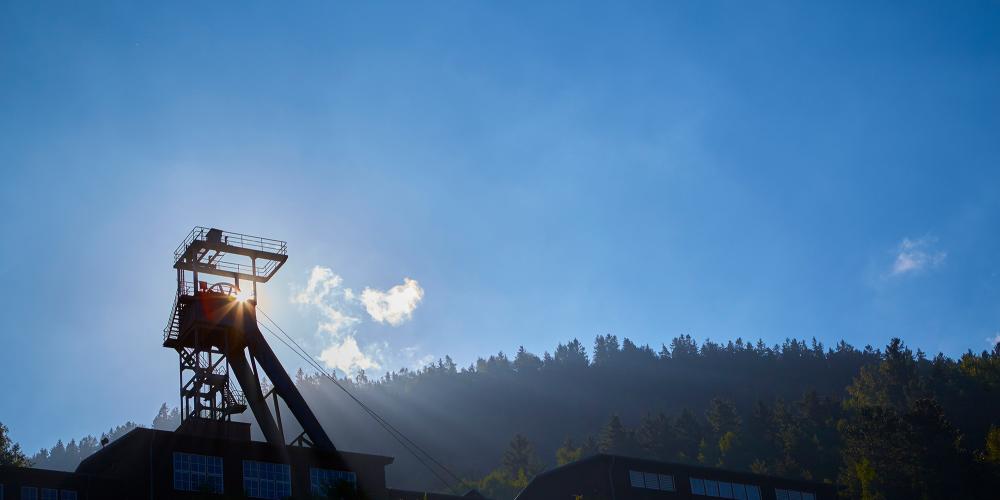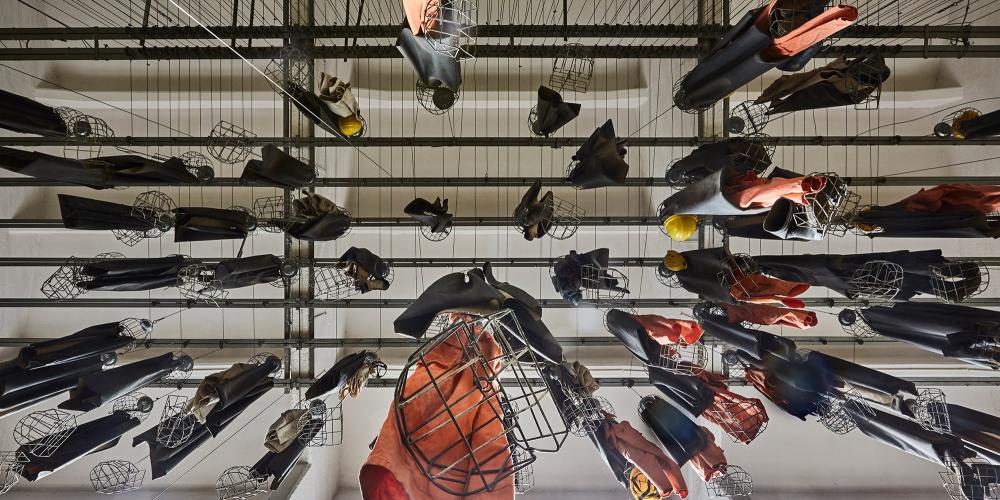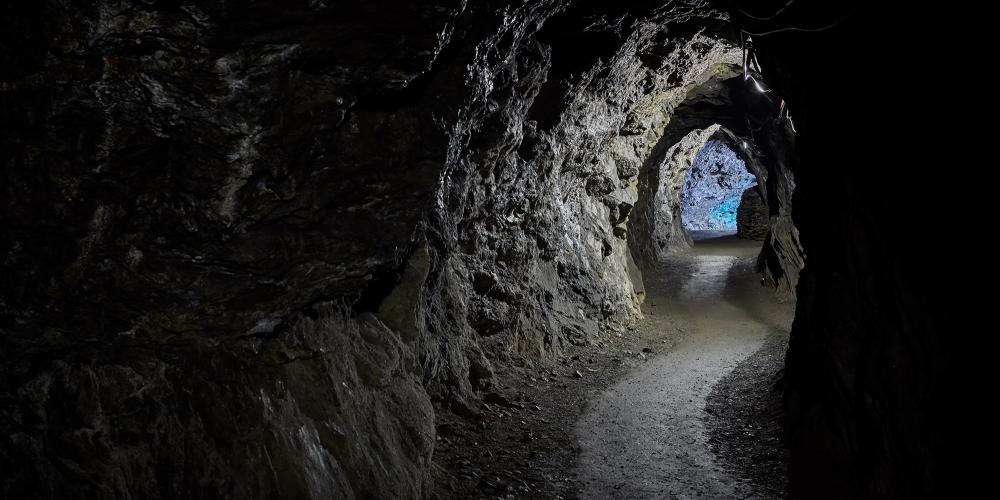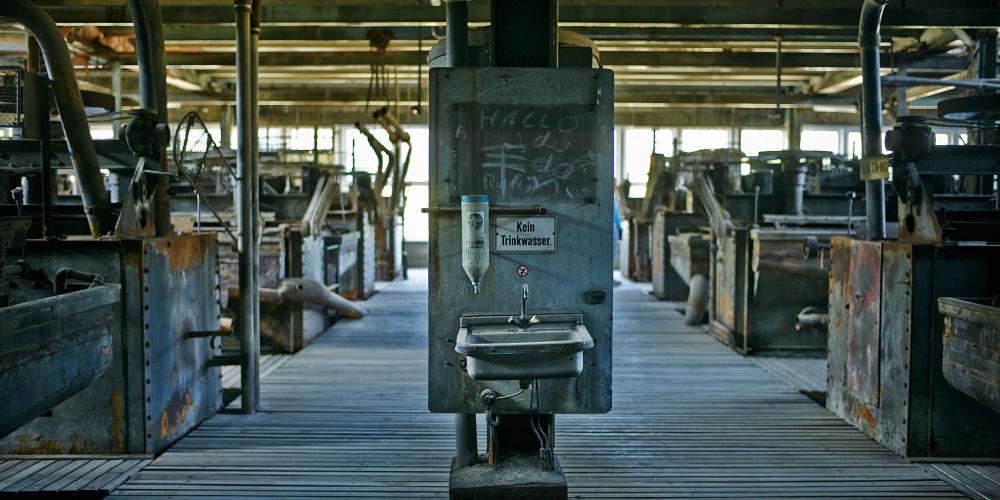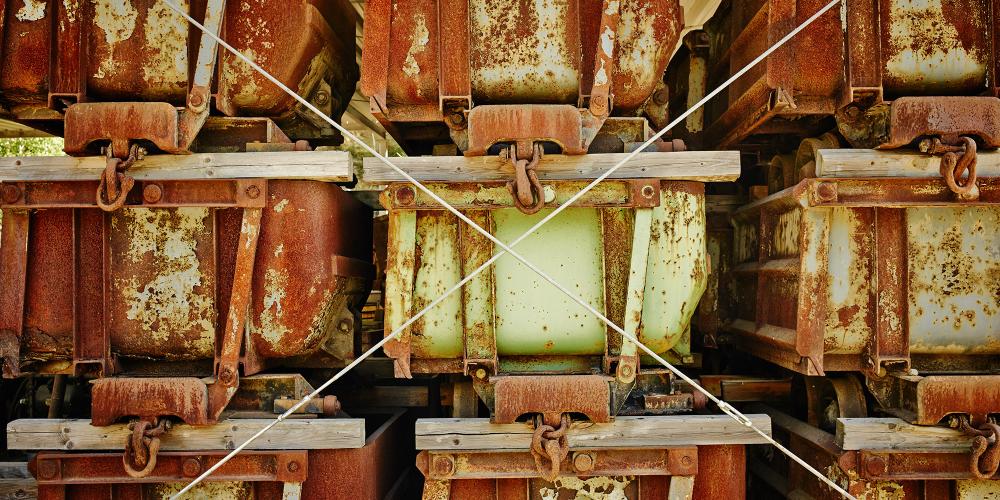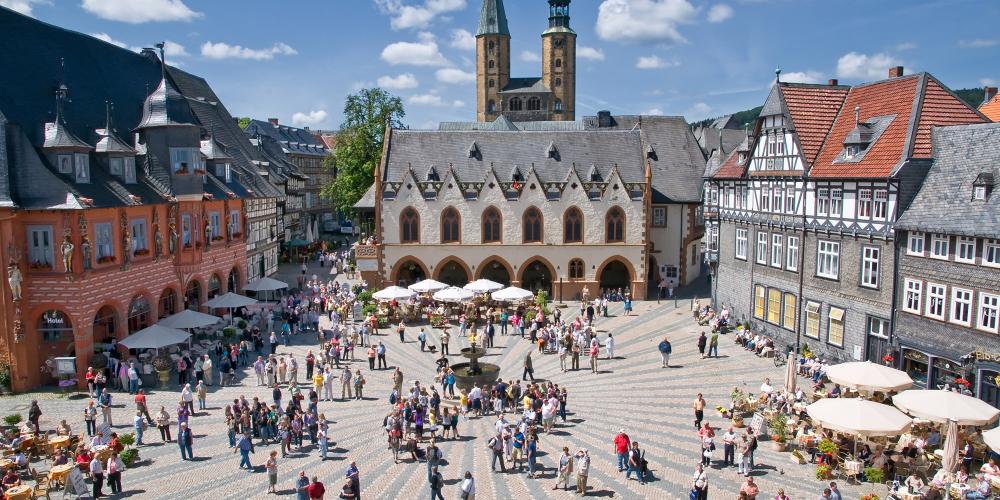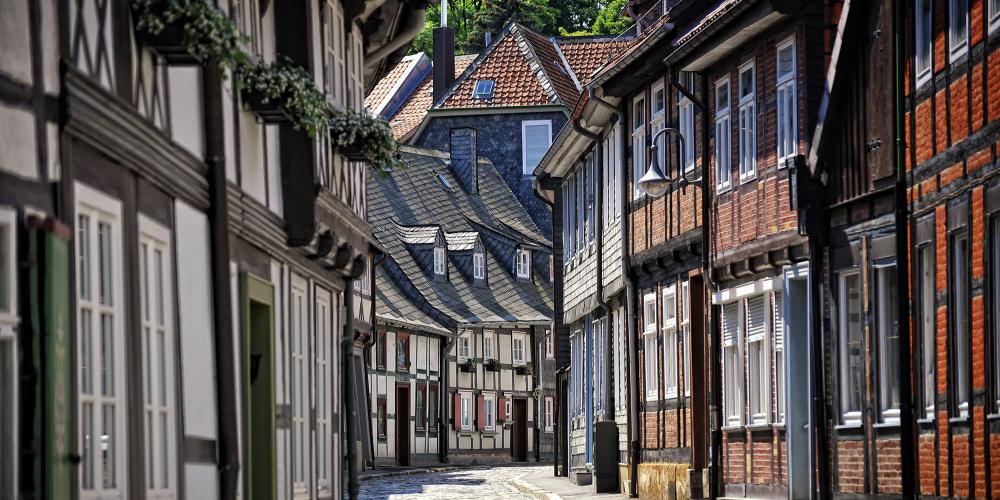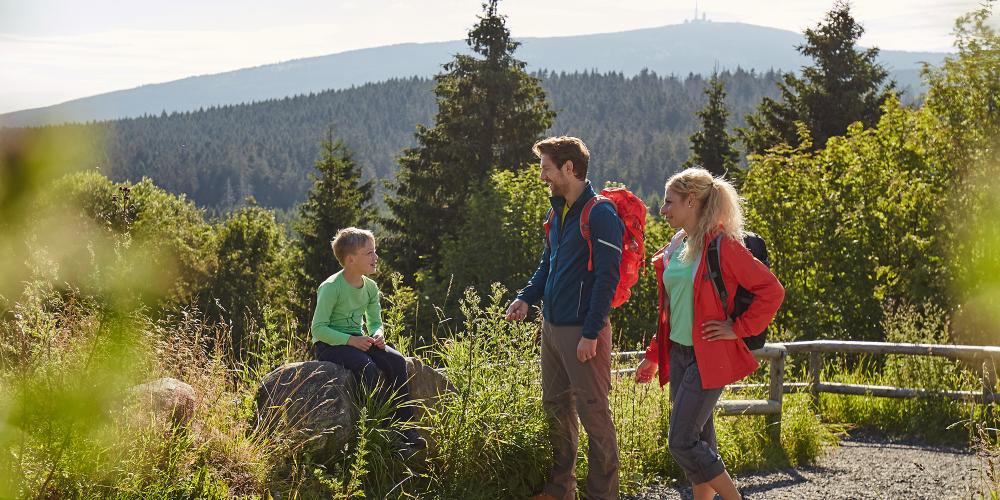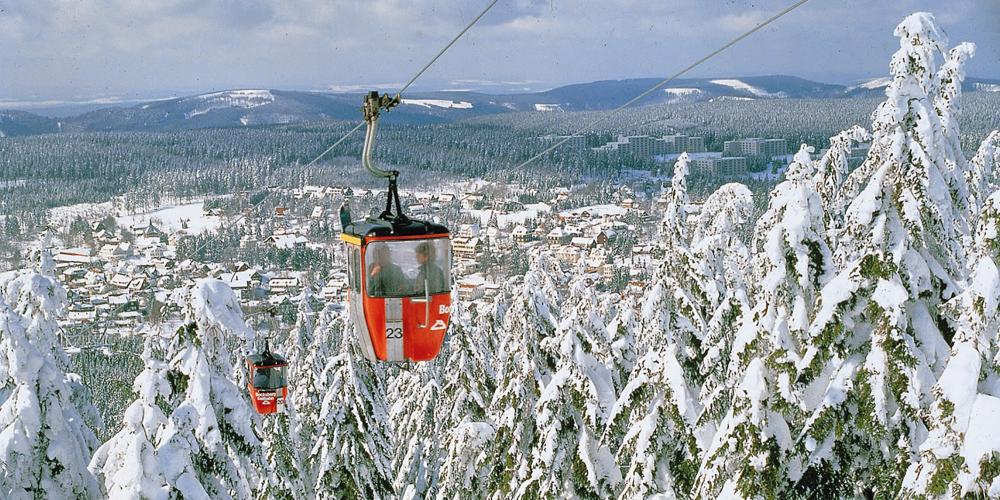Mines of Rammelsberg, Historic Town of Goslar, and Upper Harz Water Management System, Germany

The Rammelsberg Mines, in north-central Germany, is a major site for innovation in the Western world. Kilometres of waterways make up one of the largest pre-industrial power supply facilities in the world, which helped the underground operations to expand. An estimated 30 million tons of ore were mined and helped build Germany into the country it is today.
Thousands of men spent much of their lives in the tunnels deep beneath the surface, extending the mines, exploding rocks, and transporting them up to the surface. Before modern machinery helped the process, the miners would break the stone by hand or with rudimentary explosions. In more recent times, safety procedures improved, but life in the mines remained an isolated and dangerous occupation.
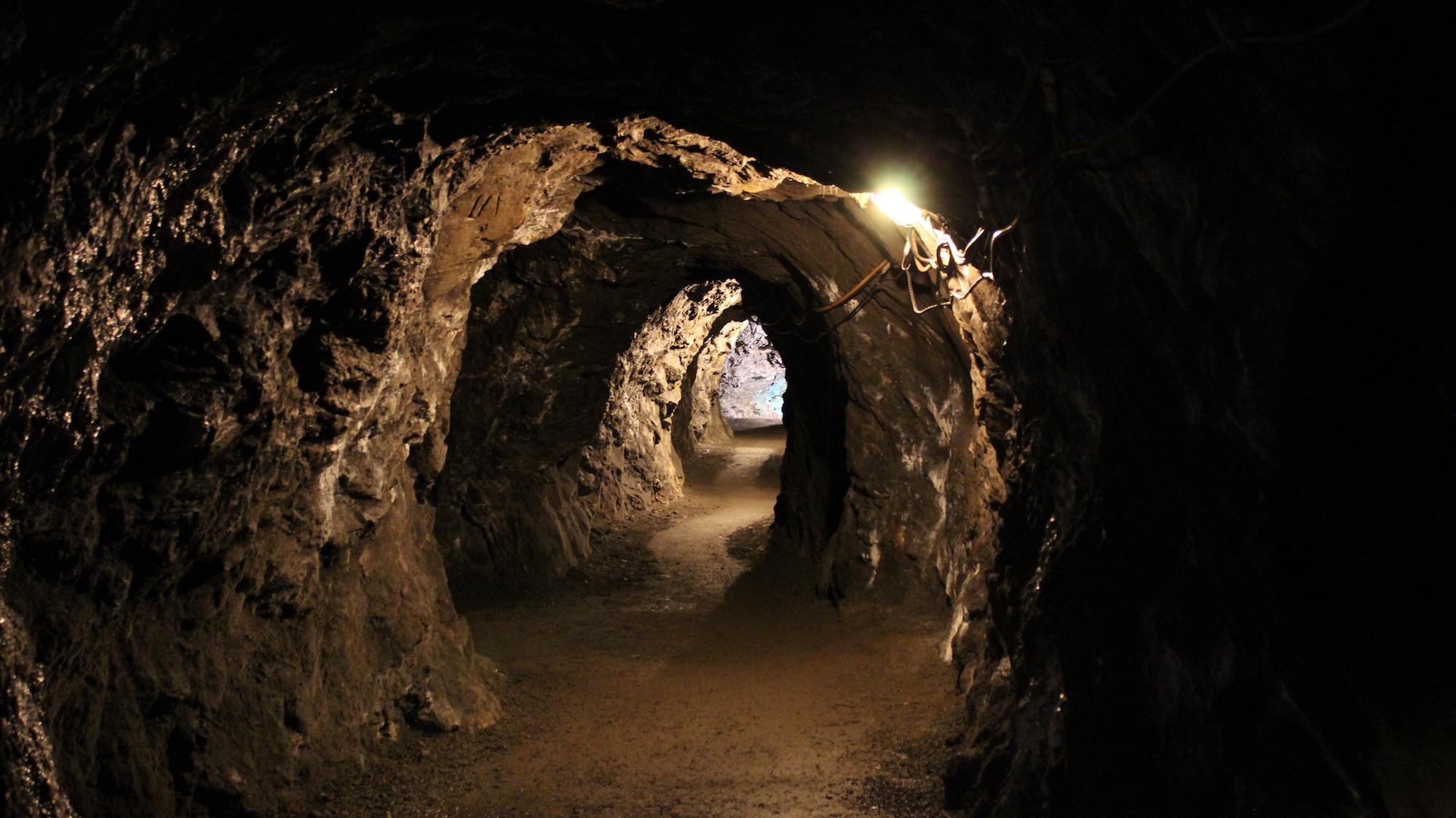
The journey down into the Rammelsberg Mine starts in an old, enclosed mining train, which hurtles from the surface to the tunnels cut through stone below. These tunnels provide insight into the methods that accompanied centuries of hard labour. The route will take you along dark passages and down stairs, to the areas where new technology increased output. The site has been authentically preserved, making it easy to step into a world where mine workers lived and sometimes died while pulling society into the modern era. Above ground, explore the many crooked, narrow, cobble-stoned streets of this enchanting medieval village. Christmas at the Rammelsberg Mine is an unforgettable experience, when the mine gallery ’Röderstollen’ radiates in a sea of lights. You can visit this unique Christmas market both above and below ground.
Mining for the Future
The Rammelsberg mines ran, continuously, for more than 1,000 years. Archaeological finds show that ore was excavated here 3,000 years ago, and the area's mountains held the world's greatest deposits of copper, lead, and zinc. Today, the mine—closed since 1988—and its surroundings form one of the most impressive historic mining areas in the world.
In December 1992, the former Rammelsberg Mine and the old town of Goslar were included in UNESCO's World Heritage List. The site spotlights more than ten centuries of mining history and a large inventory of mining monuments: the Rathstiefste gallery (12th century), the oldest brick mine in Europe (13th century), and the Roeder tunnels (18th/19th c.), with original waterwheels.
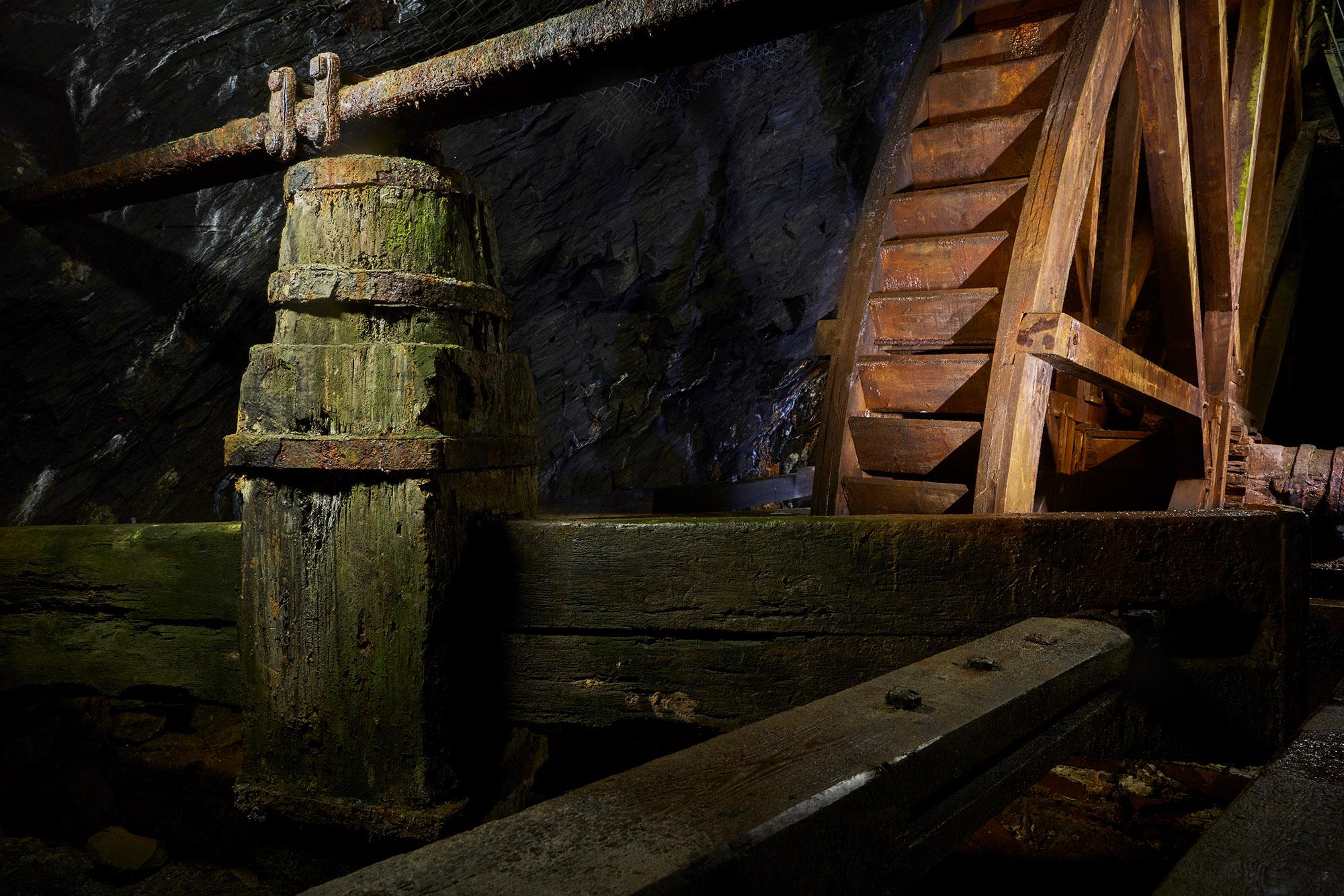
History Built on Deep Foundations
Some 30 million tons of ore mined here in Rammelberg have shaped the history of the city of Goslar. The mine's wealth, at the beginning of the 11th century, led to the establishment of the Palatinate by Emperor Henry II. In the year 1009, the first imperial assembly took place in Goslar. Goslar was the residence of German kings and emperors until 1253.
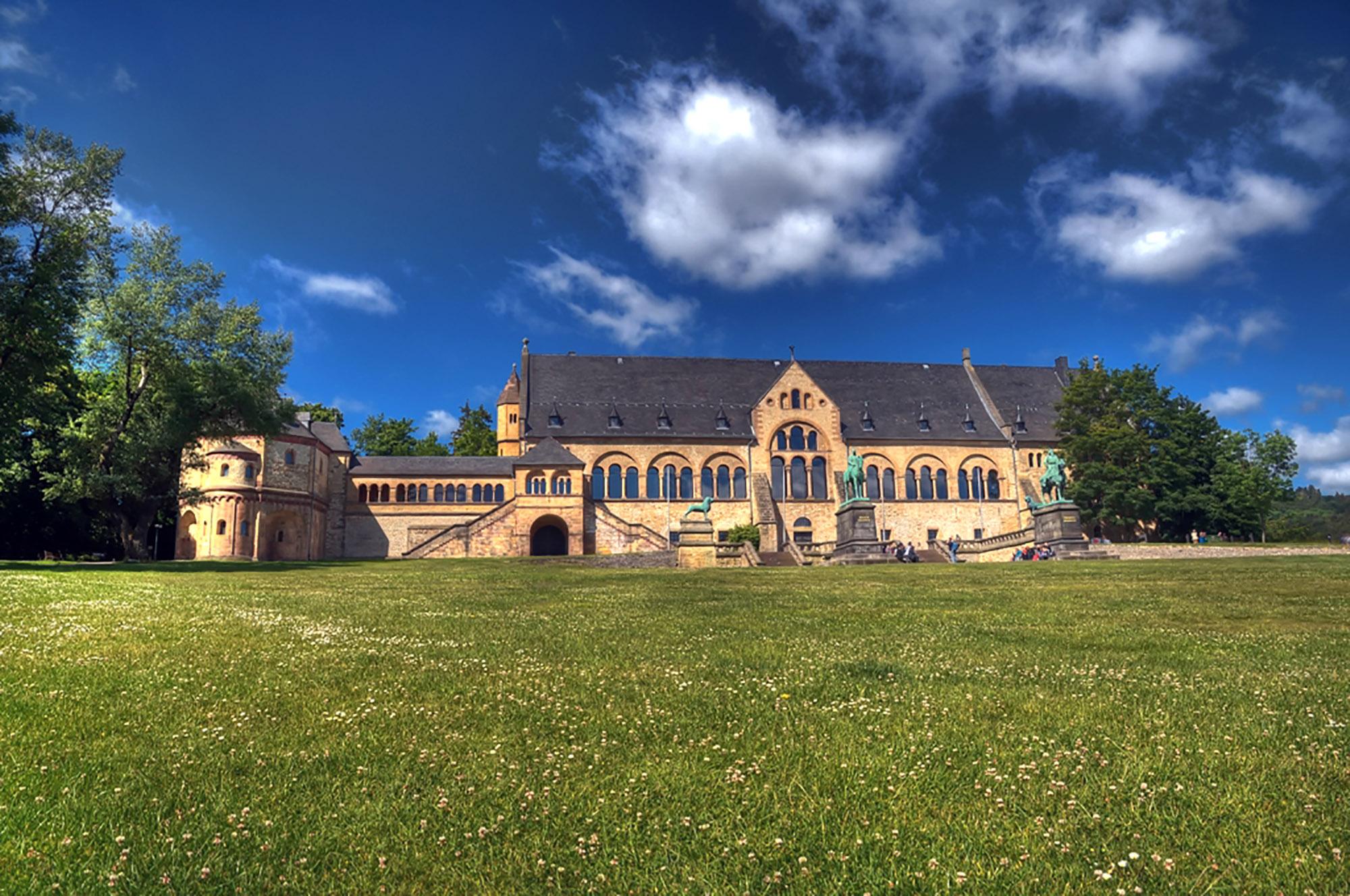
In 2010, UNESCO decided designation should be extended to the Upper Harz water managment system, a masterpiece of early mining and engineering. It provided the energy supply for the industry from the Middle Ages to the industrial age. Over the centuries, a unique and ingenious waterway system was created, consisting of kilometres of ditches, artificial ponds, and underground waterways. The system was instrumental in the technical innovation of mining throughout Europe.
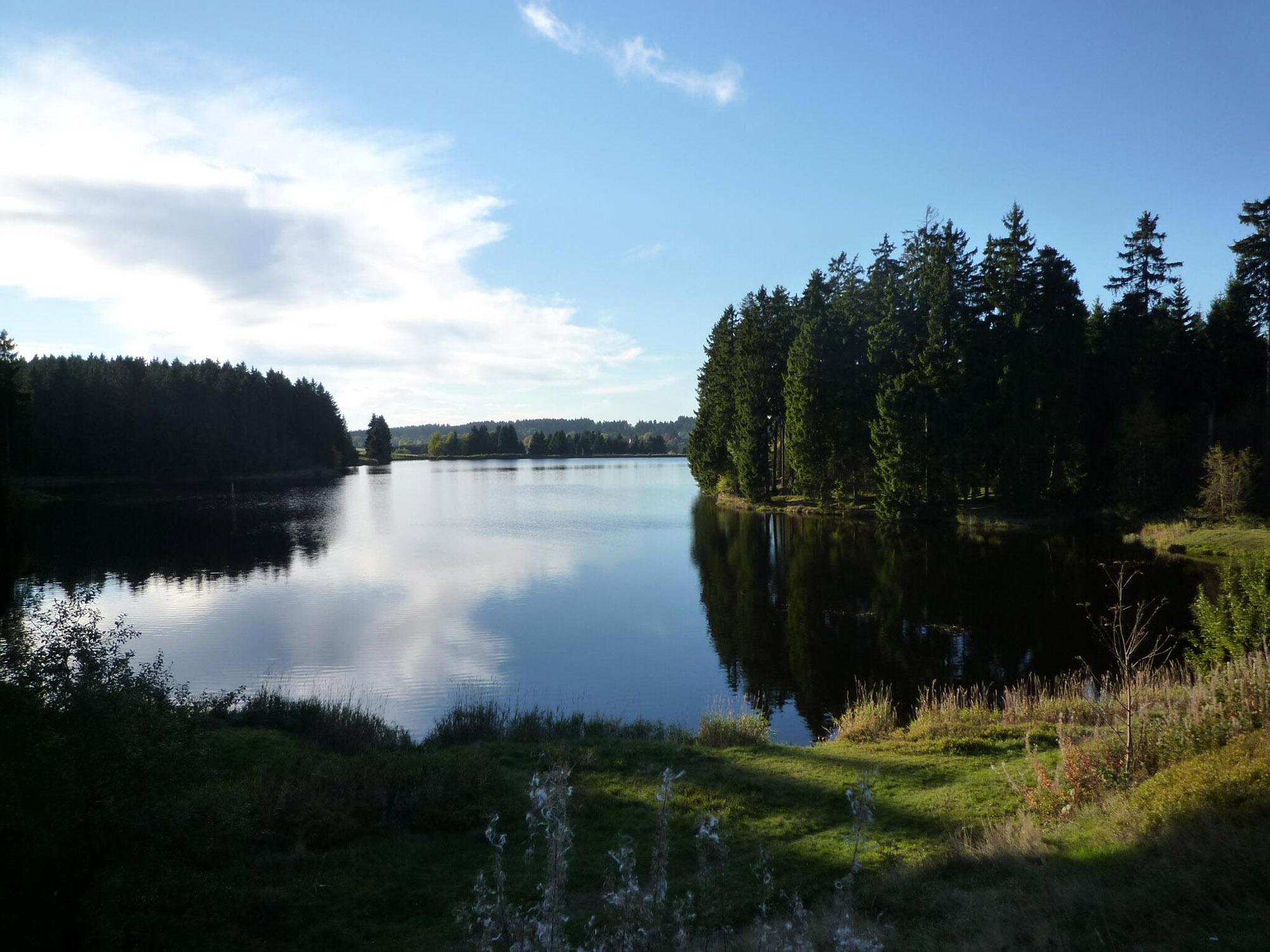
How to Get There
The Goslar railway station is served by trains from Göttingen, Hanover, Braunschweig, and Halle/Saale every hour. From the station, you can reach Rammelsberg in 30 minutes with the bus line 803, direction "Bergbaumusem." The bus stop is located directly at the station.
By car, take Highway A7 and then exit B82, direction Goslar. From Highway A395 (via Braunschweig or Wernigerode), take the B6 exit to Goslar's centre. Federal road B241 connects Clausthal-Zellerfeld to Goslar.
When to Visit
Rammelsberg Mines, Goslar Old Town, and Upper Harz Water System is a year-round destination. During the holiday season, please make a telephone reservation due to the large number of visitors. Underground guided-tour group sizes are limited to 25 participants.
How to Visit
Underground visits are only possible through guided tours. The mine train and tours through the Roeder tunnels take place every 30 minutes daily and require no prior notice.
The underground portion of the site keeps a constant temperature of 12°C and it drips in places. Please wear sturdy and appropriate shoes. There are no age restrictions for guided tours, but we recommend a minimum age of four years old.
Sights and Attractions recommended by the locals
Mines of Rammelsberg, Historic Town of Goslar, and Upper Harz Water Management System, Germany
Open daily except December 24 and 31
Low season (November 1—March 15):
open daily 9:00—17:00
Last tour at 15:30
High season (March 16—October 31):
open daily 9:00—16:00
Last tour at 16:30
Adult: guided tour and museum visit: € 16
Children: guided tour and museum visit: € 9
Groups: guided tour and museum visit: 13 €/person
